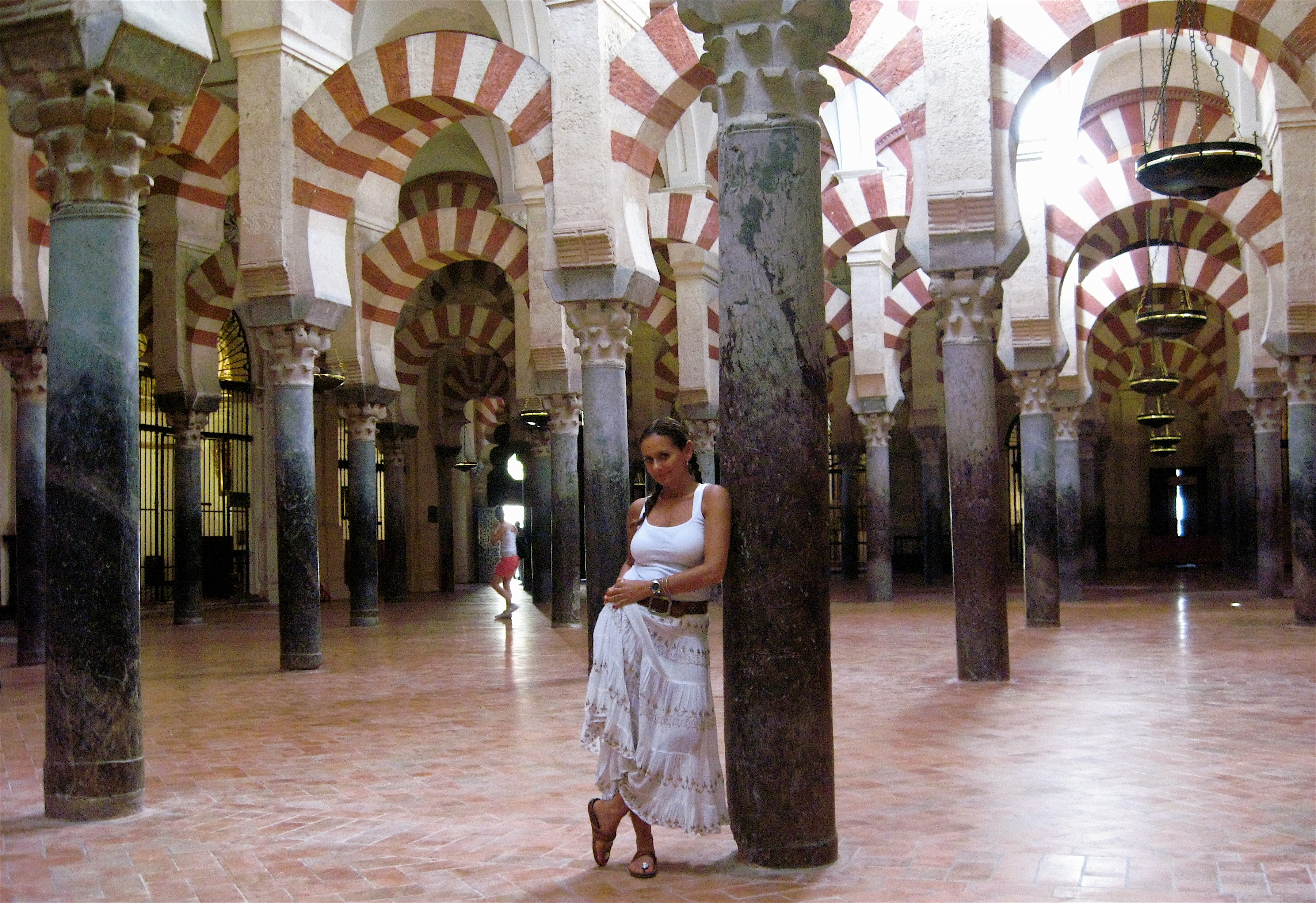































 “So near the desert, in its tent like forest of supporting pillars” — Jan Morris
“So near the desert, in its tent like forest of supporting pillars” — Jan Morris
So many years have passed since I was born, and waited to be here. I had to travel all over the world passing from South America to India, Africa and Polynesia, scared to cross this land, the land of my grandmother Sarah, a widely respected Sephardic Jewish teacher with bright blue eyes.. And now here I am. Martin Luther King once said, “Time is always right to do what is right.” And time now, is right. I simply had, during all these years, to be one more of the many traditional Jewish world errands, to find out that I am back where I should have visited far too long ago. Apparently my soul and I weren’t ready.
It’s only after you search within yourself and your traveling that you can find, if it’s what you need to find, the true place of your origin. When you arrive in a site and feel a strong sense of affinity with the air, the climate, the music, the way people walk in the street, you can be sure it’s probably where :home” is. It’s a powerful feeling in the skin telling you haven’t had enough of that place, knowing there is always something else, something deeper to connect to, something which is only yours, and not allowing you rest or leave until you are done with what it really is. It’s about who you are , and what you owe , both being probably just there, around you before time, and probably long before your present existence.
If you understand the process and master this awareness, the path for what you are supposed to encounter in your destiny is automatically shortened. See for yourself.
My afternoon in Cordoba was stunning. I hold my breath several times inside the magical procession of 988 columns majestic double arches, and Byzantine mosaics, a mixture of architectural masterpieces and styles “breathing” side by side in a world that today has no tolerance for diversity of religions and beliefs. The Mezquita, a legacy of the Ummayid Caliphate in Spain, built during the 9th and 10th Centuries and consecrated as the cathedral in 1236 is today a jewel of the highest expression of Hispano-Islamic art. It is nothing close to what I expected and even having gazed for hours in the past at the Agra Taj Mahal, here I was breathless, something in my stomach, in the frustration of my camera’s limitations, and of a ridiculous impotent feeling of not being able to bring that whole world home. While I was trying to “capture” the atmosphere of the site I learn that the Great Aljama Mosque of Cordoba was begun in 786 by Abd al-Rahman I, and the last touches were made by Almanzor in 988. It was the place of worship for the rulers of the western Islamic empire Al-Andalus.
Abd al-Rahman I purchased the land for the mosque, destroying the Visigothic monastery of San Vicente and using its columns and capitals, along with columns brought from elsewhere. Before the existence of the monastery, there had been a Roman temple dedicated to Janus on the site.When Fernando III conquered Cordoba in the 1236, the Mosque was consecrated as a cathedral. In 1523, the cathedral canons ordered the center of the mosque pulled down to make way for a Gothic transept and apse, later embellished with Renaissance decorations and, in the mid-18th Century, Baroque choir stalls and pulpits. “Joelle,” I thought with myself, ” sit down, don’t panic, check your shots, after all you used 1600 ISO and no flash, it’s going to be all right. You have captured the emotion, don’t worry…and you know what?
You always have that blog, don’t you?
